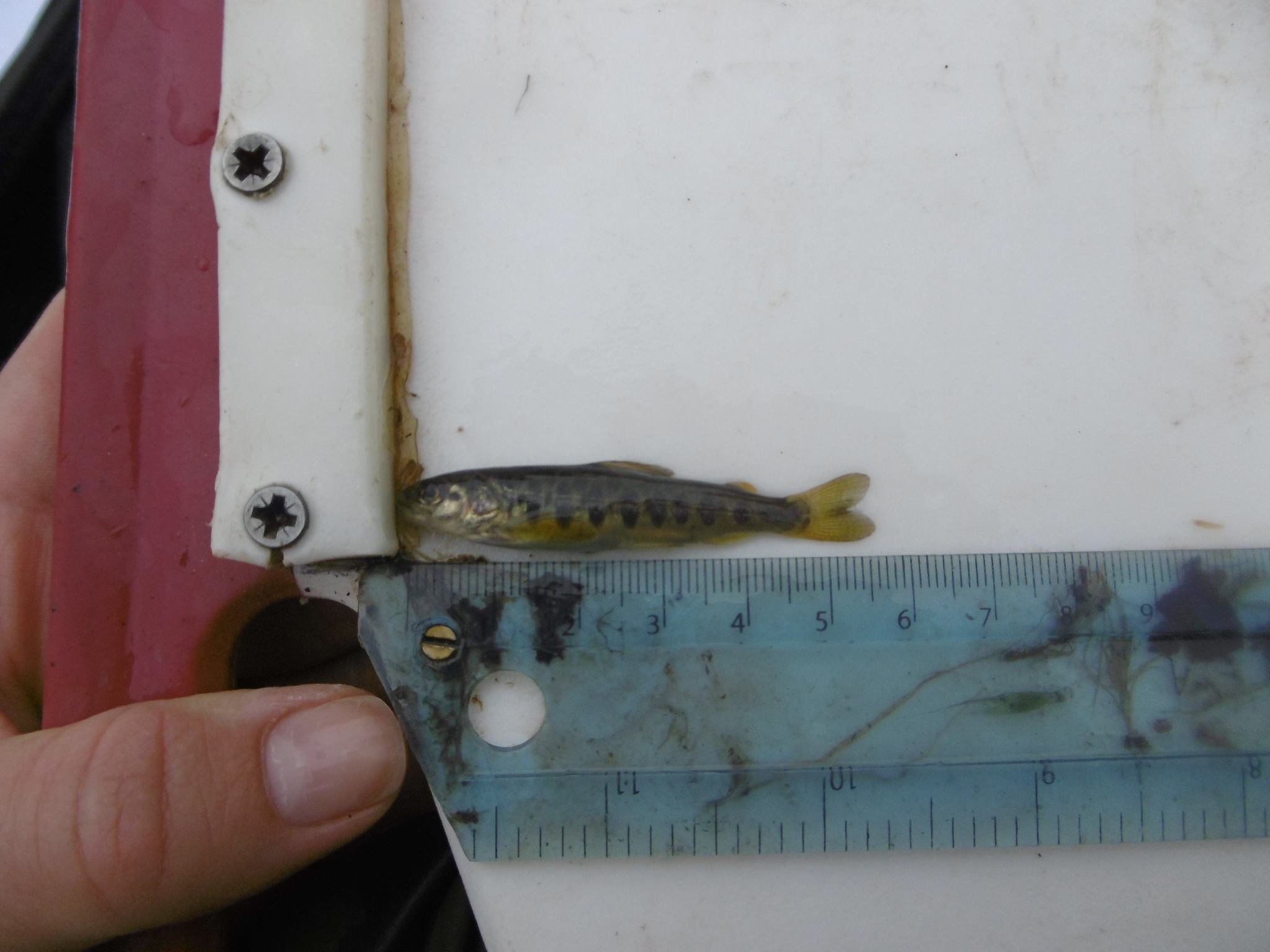The arrival of the first salmon fry on a stretch of Aberdeenshire water since the reign of George III has been hailed as “excellent news” by conservation bodies.
The Dee District Salmon Fishery Board and River Dee Trust say the 22 young fish found on Tuesday are the first to have been born in the Culter catchment in 250 years.
Experts believe a new fish pass, built last autumn to encourage salmon back to the area, is already helping to rejuvenate the population.
The specimens were discovered during “electrofishing” survey on the Gormack Burn near Echt.
The technique applies small currents of electricity to bodies of water in order to stun fish for examination.
The fry were discovered about eight miles above a £100,000 fish pass, which was installed at Culter in October last year with financial support from local businessmen Martin Gilbert and Stewart Spence.
The first salmon ascended the pass in October and early indications suggested they have spawned successfully.
It is now hoped the fish will help draw people back to the Dee after a “challenging year” in which anglers complained about low numbers.
Pamela Esson, field officer for the trust, was in the team that made the discovery.
She said: “The discovery of the salmon fry is exciting news for the Dee and we should see some of these juveniles returning to the river in three to four years’ time.
“The electrofishing team had struggled with high water levels recently, so this was our first opportunity to conduct a thorough survey.
“We are delighted to have found these fry and are looking forward to finding more juvenile salmon populations in the catchment over the next week or so.”
Mark Bilsby, director of the Dee board and trust, said: “Getting this fish pass built has been a massive effort and to know that the fish are using it and now colonising so far upstream is excellent news for them and all involved in this project.
“It is no secret that 2015 has been a very challenging year on the river with poor numbers coming back from the sea, so for the fish to be making use of the Culter Burn is incredibly encouraging and bodes well for the future.”
